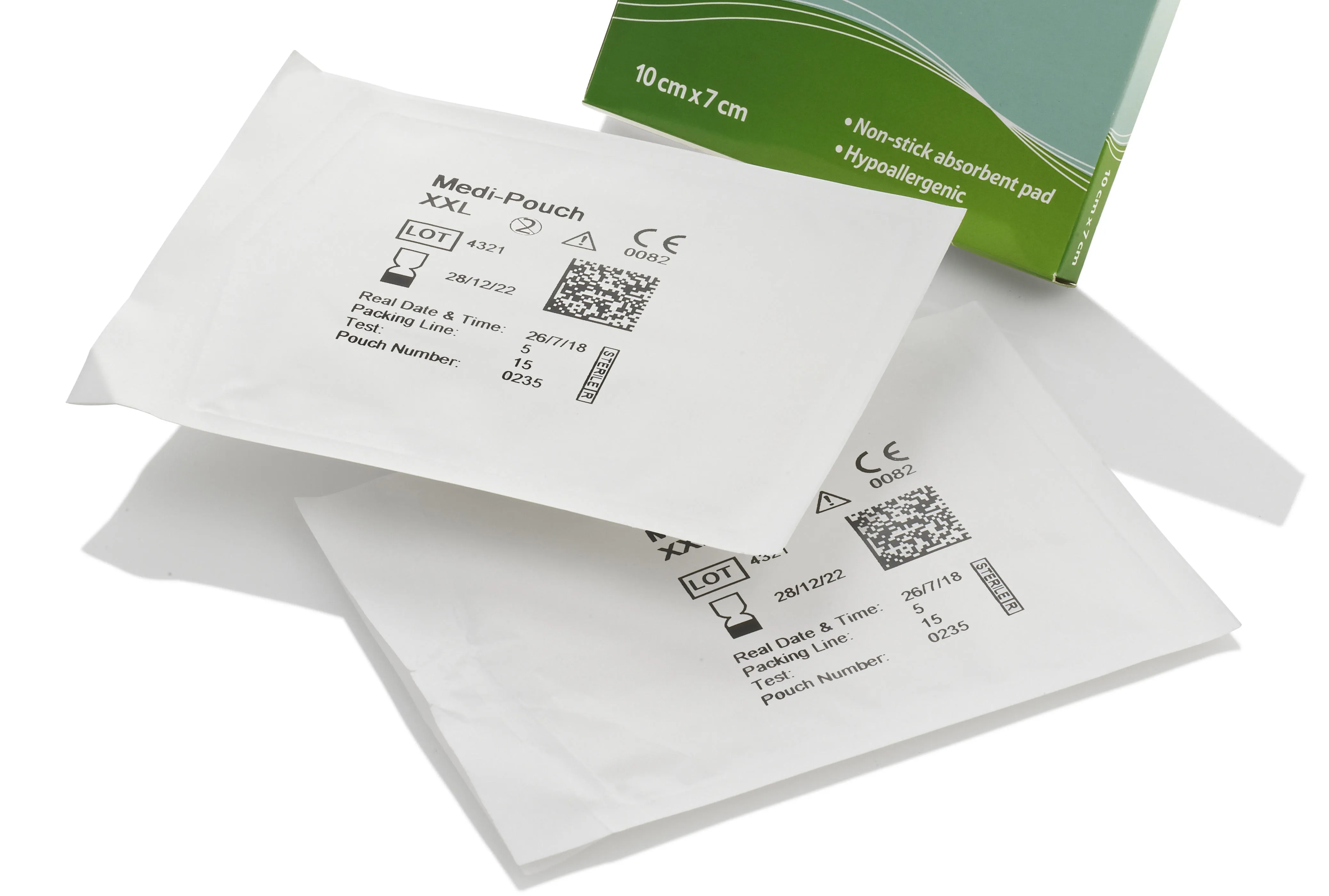Implementing item-level serialisation is a major challenge for pharmaceutical businesses. But it promises significant benefits – both for individual businesses and the industry as a whole. And the earlier you make the transition, the better.
This is our second post on item-level serialisation in the pharmaceutical industry. For a primer on the how, what and why, read our recent post:
>> 4 item-level serialisation challenges for pharmaceutical businesses
1. Track your goods from production line to patient
Item-level serialisation gives each box or bottle of medication its own identity. This can be tracked at every stage of the supply chain – from the production line to the pharmacy and right through to the patient. This enhances the sense of ownership you have with your products, a marker of authenticity that verifies the quality of the contents. Any queries or complaints from pharmacy staff, medical professionals or patients can be traced right back to the individual box.
2. You comply with legislation
Item-level serialisation is being implemented to tackle the rise of counterfeit medications. Building on the 2011 Falsified Medicines Directive, governments across Asia, Europe, South America and North America are drafting legislation to make item-level serialisation compulsory. The deadline for legislative compliance among EU member states is expected sometime in 2017.
3. You increase trust in your brand
The WHO estimates that up to 15% of the world’s medicines are counterfeit. These counterfeit medicines can have dire consequences: risks to patient safety, loss of brand reputation and lost faith in the pharmaceutical industry.
Showing competitors, medical professionals, pharmacies and patients that you are eager to adopt item-level serialisation is a clear sign that you are invested in patient welfare, raising your credibility and reputation as a business. It’s about trust.

4. You become an expert
Item-level serialisation legislation is going to be implemented regardless. That means pharmaceutical businesses have two choices: adapt now or adapt later. Due to the challenges, many businesses are waiting. But early adoption means you get to troubleshoot problems early, minimising stress and disruption to your business further down the line. The expertise you gather by being proactive can be used to inform industry policy and even shape the nuances of legislation.
5. It can make your operations more efficient and profitable
There’s no doubt there are expenses involved in transitioning to item-level serialisation, both in terms of procurement, downtime and delays to the production line. But the bigger picture is one of increased efficiency. Item-level serialisation will ultimately reduce inventory losses and dramatically improve the rate of returns, recalls and chargebacks.
Technology will improve to accommodate the new legislative measures too. Already there have been new developments in multi-substrate inks for TIJ printers, which offer fast drying times and are clarity-optimised to minimise the numbers of false rejects produced by machine vision systems.
The move to item-level serialisation is a big challenge. But it’s a necessary one to fight the global problem of counterfeit medication. Early adoption comes with a set of persuasive benefits, highlighting to pharmaceutical businesses that it’s best to act sooner rather than later.
READ NEXT: >> 4 item-level serialisation challenges for pharmaceutical businesses